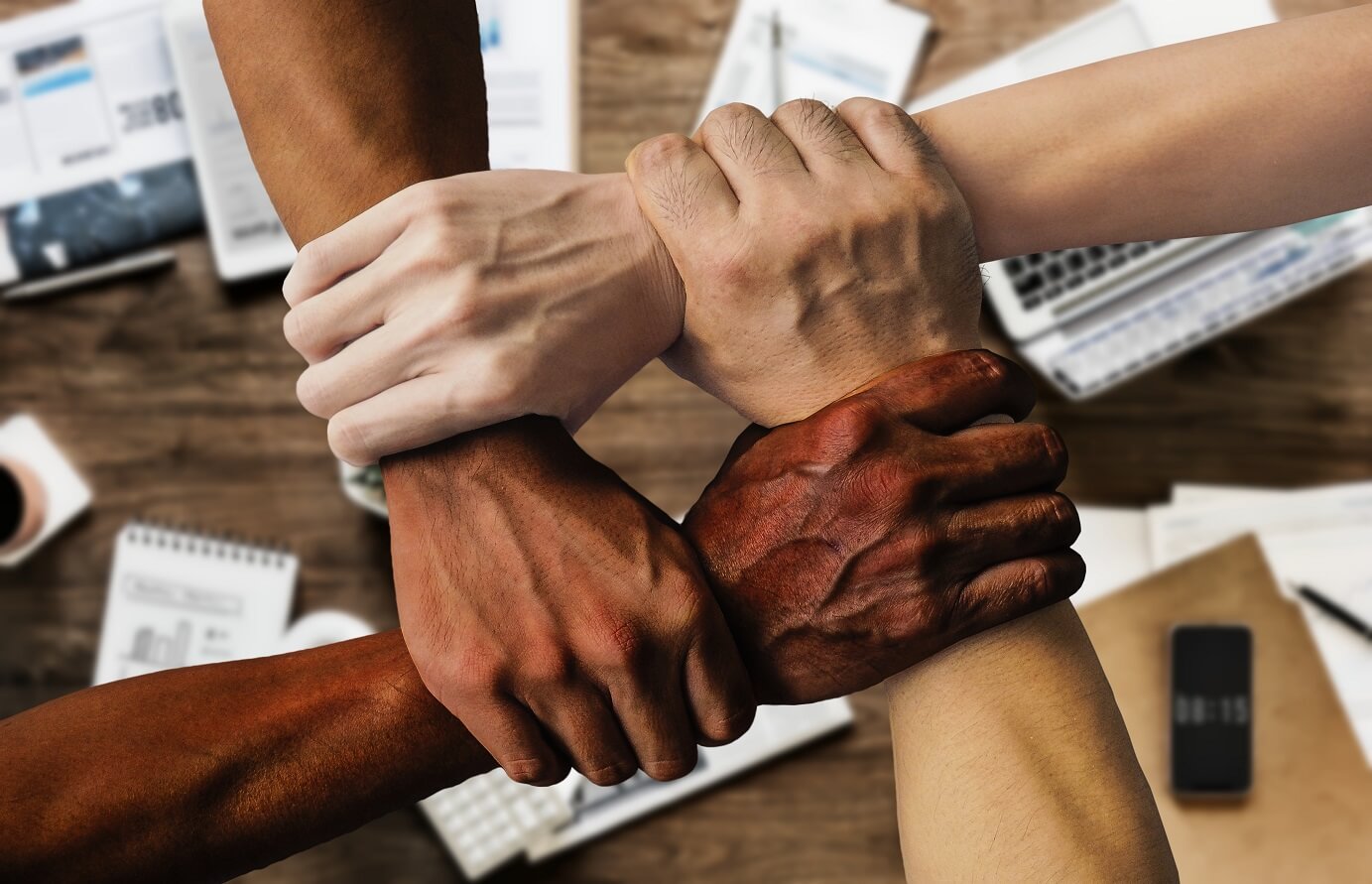Stress Awareness – Employers Must Learn To Do More
The Health & Safety Executive is calling on all employers to start the year with a commitment to carry out their legal duty to prevent work-related...
Read Full Article
I believe ability should determine whether you get the better job or not. Colour and gender should not make a difference. The trouble is, colour and gender can still be barriers to proving that you have the ability, writes Kate Ashley-Norman.
We do need role models if the workplace is to be more diverse and so that businesses get the absolute positives that come from having a wider perspective and interaction. But we also need a more diverse workforce per se. Improving diversity at management level needs to be backed by improving diversity on the shop floor.
Breaking down barriers
I have children who are half Turkish, half British. They have had some interesting and at times, not particularly kind comments thrown at them concerning their heritage. So, I am painfully aware that in this supposed multi-cultural society we live in, prejudice is still alive and well and kicking. Does it exist in your workplace? I’m sure you would not allow overt racism, yet we have seen plenty of high-profile stories where people feel highly victimised by colleagues who ‘didn’t mean any harm’.
Are your employees welcoming to people from different backgrounds? Do you find a diverse range of candidates applying to fill your vacancies – or to become your apprentices?
Perhaps it is time you looked at your equality processes and made sure they are fit for the modern day – and for the law.
Sexism, ageism
A topic I have experience in is sexism – particularly as I spent much of my twenties in the fenestration industry. And now, as I enter my mid-50s, I’m experiencing what I guess could be called ageism.
I tend to laugh or shrug off my misgivings. I tell myself I do not expect others to make allowances for me and it is down to me to fight against the obstacles. Am I typical? Am I wrong? No woman and nobody of age should have to feel they are in a fight for what is actually the basic right of respect.
How do you stand up in the face of these two equality issues? Take your time to think about it…or give me a call and I will help you.
Don’t rely on fortitude
Every individual has their own set of experiences and circumstances to battle with and their only armoury is often the tools of resilience and fortitude they were taught (or not) at school and during their childhood. No employer should rely on that fortitude for an employee to get through the day (and still be productive). We know we have a mental health and wellbeing crisis in this country. Every employer should be looking at their ‘human assets’ and examining the way in which those people are treated in the workplace – and certainly not ignoring the equality that is enshrined in law.
Equality Act
In the UK, the Equality Act 2010 outlaws discrimination in the workplace. To ensure that a workplace covers all areas, a diversity and inclusion policy needs implementing.
The ‘characteristics’ covered by the Equality Act include age, disability, gender reassignment, marriage and civil partnership, race, religion, beliefs, sex, pregnancy, maternity and sexual orientation.
Mental health also comes under the banner of the Equality Act as there exists no specific law pertaining to mental health in the workplace.
The latest set of figures relating to diversity in construction were published in Building Magazine in 2019. A survey found that just four per cent of UK construction workers are from a black, Asian or ethnic minority background.
Four per cent!
Insecurity
58 per cent of that four per cent feel insecure in their jobs and 76 per cent felt their chances of finding a job in construction was lower because of their ethnicity.
The OutNext PwC Out to Succeed survey 2018 found the construction industry had the third worst image out of all industries as a LGBTQ+ employer.
On trend
There are groups trying to change perspectives in construction and it would not surprise me if there was a tipping point ahead where every aspect of the sector felt more under pressure to consider equality in its widest sense.
London Build Expo 2022 in November is teaming up with a team of diversity ambassadors with the goal of furthering diversity in construction. In 2021 the CIOB launched an initiative to promote diversity and inclusion in construction across the globe.
How does all this relate to the fenestration industry?
Are you conscious of the diversity of your own workforce? Has an employee ever approached you with a discrimination grievance? Are you risking future claims as diversity and inclusion becomes ever more entrenched in our litigious culture?
Of course, as well as protecting existing current employees, a more diverse and inclusive approach to recruitment will play a significant part in widening your talent pool and shrinking the skills gap.
There are four key areas you need to consider:
These are my musings with a bit of practical advice. If you would like to engage with a professional who can take you through all the intricacies – give me a call. Kate.
Picture: Diversity & inclusion – how are you shaping up?
Article written by Cathryn Ellis
12th September 2022